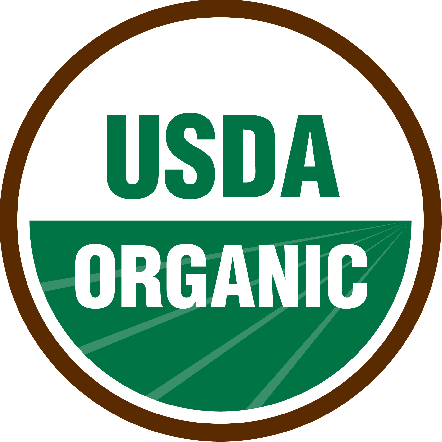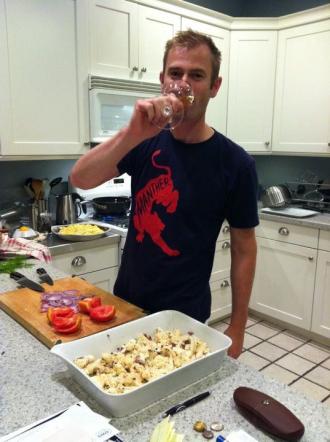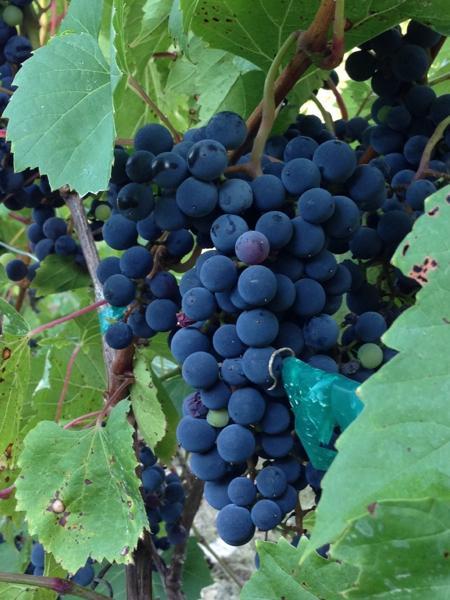Unless you’ve been asleep for the past twenty years, you know that Americans are eating differently these days. Once upon a time, price was pretty much the only factor in our food purchases; that attitude helped spur the growth of industrial-scale agriculture built on petrochemical fertilizers, monoculture, and efficiency over quality. (Hello, grainy and flavorless supermarket tomatoes!)
Today, we’re more conscious of how the food we eat impacts the planet and our own bodies. Consumers are increasingly demanding more information about how their food is grown and made, and a large and growing number prefer to buy local and organic whenever possible.
It’s somewhat surprising, then, that the wine world is only now beginning to be impacted by this trend toward organic and sustainable practices. Perhaps it’s because wine is already perceived as an all-natural product. Advertisements for wine tend to show a gold-green vineyard washed by the gentle light of a sunset, with the wine bottle sitting on a rustic table in the foreground — the epitome of a rural idyll. It’s no wonder that polls have shown that over half of consumers believe that all or most wine is organic.

The reality is that viticulture is no different from any other kind of agriculture, and in some ways it’s worse. Grapevines are particularly susceptible to pests and rot, making chemical pesticides and anti-rot agents even more widespread in grape growing than in other kinds of farming. Less than 2 percent of vineyards in America are farmed organically.
The threat of disease can be mitigated somewhat by choosing a vineyard site that is very dry, warm, and sunny, but those places require irrigation, often on a massive scale. The regions in Australia that supply the oceans of inexpensive wine for sale in your local supermarket or liquor store are mostly hot, dry desert that can support vineyards only by damming and draining the Murray River.

Many areas in Argentina and Chile likewise depend almost entirely on diverting water from rivers and streams. California is currently undergoing a disastrous drought, but the Central Valley vineyards continue to churn out bumper crops by virtue of irrigation from the increasingly endangered local rivers.
Another environmental concern for the wine industry is carbon emissions. Most places in the world are unsuitable for making quality wine, making “locavore wine” a practical impossibility. All that wine has to be shipped by fossil fuel-sucking boats or trucks.
This carbon footprint is exacerbated by the wine industry’s favored container, the heavy and awkwardly shaped glass wine bottle. The process of making glass bottles itself produces serious emissions of carbon dioxide, and their weight and shape means that transporting them requires much more fossil fuel than other containers. Nevertheless, we consumers of wine continue to stubbornly resist lighter and more space-efficient options like the “bag-in-a-box” format, especially at the higher end of the price spectrum.
Despite these difficulties, the wine industry has taken note of consumer demand for environmentally-conscious products, and many wine producers tout their green bona fides. Inevitably, some of this is simple “greenwashing” — using vague buzzwords like “sustainable” or “handmade” without actually making significant changes in how they produce the wine. But others are making real strides toward making wine in an authentically natural way that does minimal damage to the planet.
In the next column, we’ll dig into the often-confusing terminology of green winemaking. We’ll talk about what to look for on the bottle, and the differences between sustainable, organic, and biodynamic wine.
 Mike Healan grew up in a teetotaling family, and had his first taste of booze — a Bartles & Jaymes wine cooler — at age 22. He has spent the years since then making up for lost time. After fifteen years making people miserable as an attorney, he is now doing penance by making people happy in the food and beverage business. When not immersed in the world of wine, he enjoys world travel, staring contests with his dog, and eating copious amounts of cheese. He writes from the SGT East Coast regional headquarters in Boston.
Mike Healan grew up in a teetotaling family, and had his first taste of booze — a Bartles & Jaymes wine cooler — at age 22. He has spent the years since then making up for lost time. After fifteen years making people miserable as an attorney, he is now doing penance by making people happy in the food and beverage business. When not immersed in the world of wine, he enjoys world travel, staring contests with his dog, and eating copious amounts of cheese. He writes from the SGT East Coast regional headquarters in Boston.

